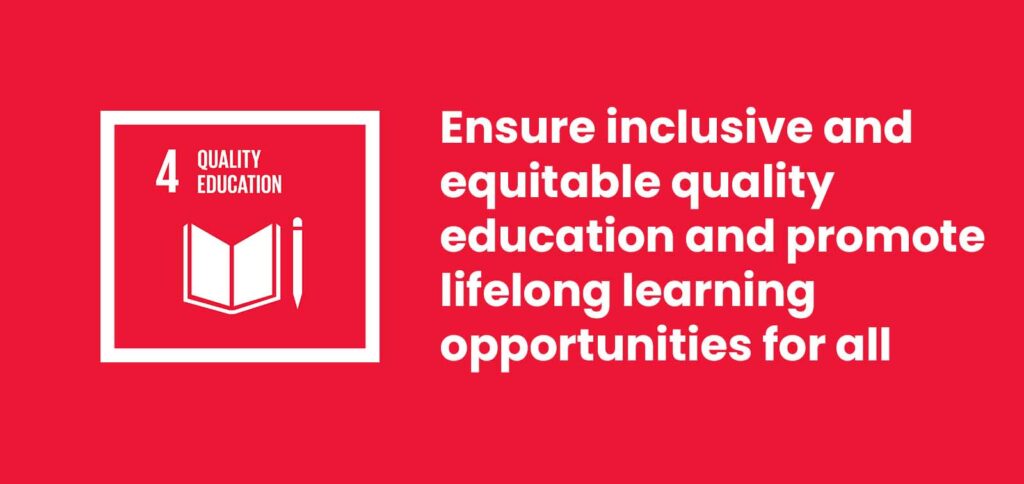Written by Alia Natasha binti Jaafar and Nurul Najwa Aswani binti Aziz from Quantity Surveying Programme, Faculty of Built Environment
Edited by Dayang Afiqah Abang Mohamad Shibli

안녕하세요, 우리는 4학년 대학생 말레이시아에서왔어요.
During our time in Busan, we learned some phrases, like how to say, “Hi, we are fourth-year students from Malaysia.” Spending three weeks in Busan opened our eyes to a new perspective of South Korea, especially since we had previously visited Seoul. The Asia Summer Program is a three-week intensive course held at Dongseo University (DSU) in Busan, South Korea. Each student takes two courses, and the program includes a city tour to explore the beauty and serenity of Busan.
Our journey began on July 5th, as we wanted to reach Busan as early as possible. Little did we know, we would encounter several challenges just to get there. First, our flight was delayed, causing us to miss our connecting flight and almost miss a new flight to Seoul. We flew with CSA Airlines, so our route was KL-SZX-ICN, followed by a train ride to Busan. (And no, there were no zombies on the train!) Thankfully, we arrived safe and sound at the DSU dormitory.
DSU is located in a hilly area, a bit far from the city, requiring us to climb up and down hills just to reach the nearest train station, but we still enjoyed it!

The opening ceremony took place on July 8th at Centum City, which was an hour’s journey from our dormitory. The event was conducted gracefully, with each university taking the stage to give an introduction. The ceremony concluded with a speech from the director, Jekuk Chang, followed by a fun random-play dance by the DSU dancers.

As part of the program, each student had to register for two courses. By coincidence, both of us enrolled in the same courses: Learning Korea Through Korean Culture and English for Technical Communication. These courses were taught by Professor Kim Nam Jeong from DSU and Dr. Safuraa from UNIMAP. During the three-week program, the classes were divided into Class A and Class B, with Class A held in the morning and Class B in the afternoon.

In Class A, we learned about the Korean alphabet, which includes vowels, consonants, and batchim. We also studied the history of the Korean language, watched a movie, and learned how to order food in Korea. Meanwhile, in Class B, we covered the basics of technical communication, including word formation, parallelism, and referencing and citation styles. These topics were quite similar to what we had learned during our first year.

For three weeks, we attended Class A in the morning and Class B in the afternoon. However, after Class B, our schedule was packed with activities organized by the host university. These activities included popular games enjoyed by students in Korea and often featured in Korean variety shows. Most activities took place at the Student Plaza Football Field and Minseok Sports Center. They were designed to create a fun and enjoyable program, allowing students to participate in different activities after class and make new friends.

During the Asia Summer Program, many activities stood out as particularly memorable, such as the Squid Game, Water Fight, and K-Culture Day. The Squid Game activity was inspired by the famous Netflix series, where we played “Red Light, Green Light,” just like in the show. The game kept us on edge, mirroring the tension felt by the characters in the drama. The student staff even dressed up as the characters, which made the experience incredibly immersive and unforgettable.

Given that the program took place during the hot Korean summer, we also enjoyed a refreshing Water Fight. This took place on the football field, where we used water balloons and water guns to soak each other in a playful battle. It was not only a fun way to cool down but also a fantastic opportunity to bond and make new friends.

Another highlight was the K-Culture Event, where Dongseo University showcased the richness of Korean culture. We were treated to an entertaining performance by the university’s art students, who re-enacted a traditional Korean wedding with a modern twist. The mix of humor and tradition made it an enjoyable and educational experience.


Our first weekend was filled with adventure as we explored Busan on a city tour organized by Dongseo University. We began at the National Maritime Museum, which was fascinating, especially with its in-house aquarium. After that, we visited Gwangalli Beach for lunch, enjoying our meal with a stunning view of the ocean and the iconic Gwangandaegyo Bridge. We continued our journey to Dongbaek Park and Haeundae Beach, where we took in the beautiful coastal scenery. We were lucky enough to catch an exciting air show at the beach, which was a pleasant surprise.


Before wrapping up the day, we stopped at Busan Tower near Yongdusan Park. Although we didn’t go up the tower because our Korean friend advised us that the ticket was too pricey and not worth it, we didn’t mind at all. Our real goal was to explore the nearby Nampodong area, where we had a blast, window shopping.

As the program came to an end, we held a talent show on our final weekend, followed by the closing ceremony. The talent show featured a variety of performances, including singing, dancing, and acting. The most popular acts, such as the action and narration by APU and a dance by the student staff, were invited to perform again during the closing ceremony.


The next day, we gathered for the final event, the closing ceremony. It was a bittersweet moment as we received our participation certificates and said our goodbyes. UNIMAS presented a small token of appreciation to Dongseo University, and tears were shed as we realized that the program had come to an end. It was truly an unforgettable journey, filled with learning, laughter, and lasting memories.

This article is related with Sustainable Development Goal (SDG 4) – Quality Education.